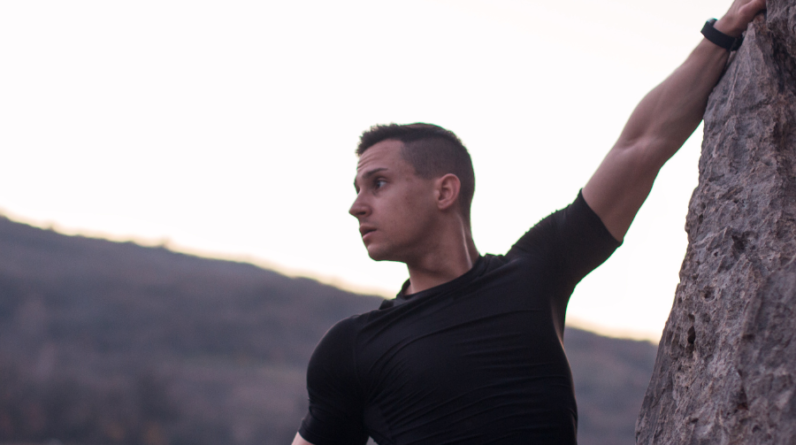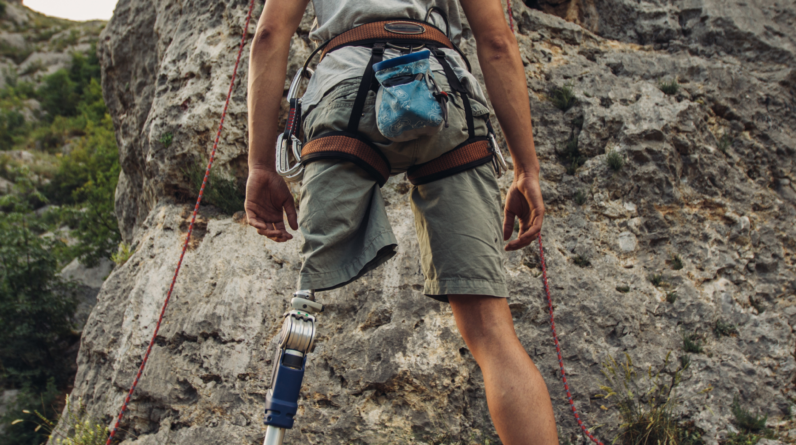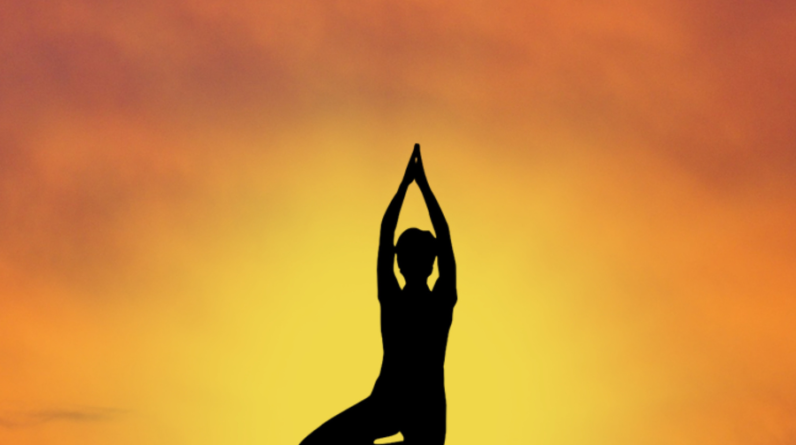
Finding Your Center: A Comprehensive Guide to Balance and Gravity in Rock Climbing
Unraveling the Mysteries of Balance and Gravity
Rock climbing is an intricate dance between human and nature, with climbers striving to conquer gravity and maintain balance on the vertical playground. Mastering the art of balance is crucial to climbing efficiently and effectively.
In this article, we will delve into the science behind balance, uncover tips for improving your center of gravity, and explore techniques to help you stay poised on even the most challenging routes.
Section 1: The Science of Balance – Understanding the Basics

1.1 The Role of the Center of Gravity
When it comes to climbing, your center of gravity refers to that sweet spot where your body’s weight is evenly spread out. The trick is to keep your center of gravity low, making you more stable and better balanced. As you scale those walls, be mindful of keeping your center of gravity over your feet. Doing so will help you stay balanced, take the load off your arms, and save some precious energy for the rest of your climb.
1.2 How Balance Affects Your Climbing Performance
A strong sense of balance enables climbers to shift their weight smoothly and distribute forces evenly between their hands and feet. This results in more efficient climbing, reduced muscle fatigue, and improved overall performance.
Section 2: Developing Your Balance – Tips and Techniques
2.1 Strengthen Your Core

A strong core is fundamental to maintaining balance while climbing. Incorporate core-strengthening exercises like planks, leg raises, and Russian twists into your workout routine to help stabilize your center of gravity on the wall.
2.2 Improve Your Footwork
Precise and deliberate footwork helps maintain balance and minimize weight shifts. Practice silent feet, where you place your feet quietly and accurately on footholds, to hone your footwork skills and develop a more balanced climbing technique.
2.3 Experiment with Balance-Intensive Climbing Drills
Incorporate drills like the “hover hand” (hovering your hand above a hold for a few seconds before grabbing it) or the “one-footed climb” (climbing using only one foot) to challenge and improve your balance.
Section 3: Techniques for Mastering Balance on the Wall

3.1 Flagging
Flagging involves extending one leg out to the side, using it as a counterbalance to maintain stability while reaching for a hold. This technique allows you to maintain your center of gravity over your supporting foot and minimizes weight shifts.
3.2 Hip Rotation
Rotating your hips toward the wall or away from it can help bring your center of gravity closer to the wall, reducing strain on your arms and making it easier to maintain balance.
3.3 Trust Your Feet
Climbers often focus on handholds, neglecting the importance of footholds. Trust your feet to support your weight and use your legs to push upward, keeping your arms straight and conserving energy.
Conclusion: The Balancing Act of Rock Climbing
Understanding the science of balance and incorporating these tips and techniques into your climbing practice will undoubtedly improve your climbing performance. Remember, the key to achieving balance is to continuously experiment, practice, and refine your skills. Now go forth and conquer gravity with grace, one foothold at a time!






